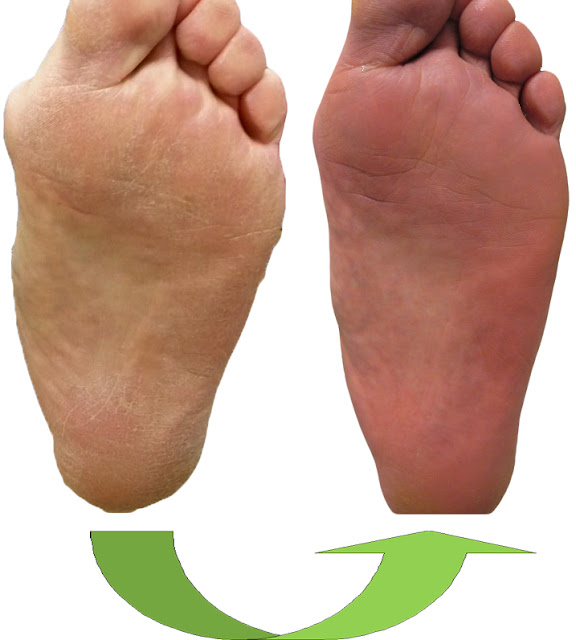Check out the video below to see how the Radial Shock Wave Therapy works.
Who benefits from this treatment?
It is especially beneficial for patients that have chronic heel pain and have not had much success with traditional therapies such as medications, arch supports, orthotics, steroid injections, or stretching.
Can anyone receive this treatment?
The podiatrist will determine if you are a candidate for Radial Shock Wave Therapy. It is not recommended for treatment of heel pain in children, pregnant women, or people currently taking medications that inhibit blood clotting.
What is involved in the treatment?
The procedure is performed in the office. After an evaluation of your medical history and a physical evaluation, the point or area of maximum pain will be located and marked. Ultrasonic gel is applied to the foot. The RSWT handpiece is then positioned to gently and extensively transmit pressure waves over the injured area. The feedback you provide helps to determine the fine tuning of the impulse energy. Once you are comfortable at a low level, the energy is gradually increased over several minutes.

Are there any side effects of RWST?
There are virtually no side effects with RSWT since no medication, surgery, injections, or anesthesia is involved. Some patients may experience a short period of slight tingling, warmth, or numbness immediately after the treatment.





























